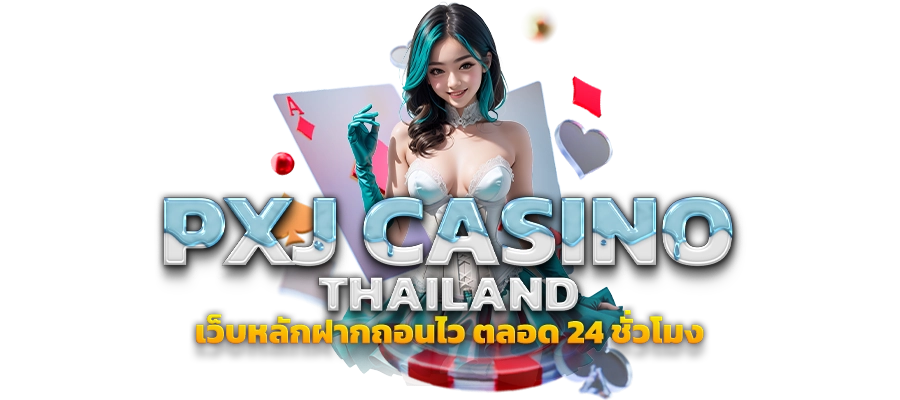รวมเว็บสล็อต ฝาก-ถอน true wallet มีระบบการเล่นที่ทันสมัยและรองรับภาษาไทย ทุกขั้นตอนในการใช้งานมาจากเว็บแท้ ทำให้การเล่นทุกยอดแตกหนักและอัตราชนะเยอะ แม้กระทั่งค่าเฉลี่ยในการได้รับรางวัลสูงเกิน ...เข้ามาเล่นได้อย่างสะดวกมากยิ่งขึ้น ฝาก-ถอนไม่จำเป็นต้องใช้บัญชีธนาคารอีกต่อไป เพราะที่นี่มีการรองรับทรูมันนี่วอเลท ซึ่งให้บริการการเงินแบบไม่มีขั้นต่ำ เว็บสล็อต xo ไม่ต้องทำยอดเทิร์นให้เสียเวลา ทุกการฝาก- ...ไม่มีขั้นต่ำในการเดิมพันกับ สล็อตเว็บตรง เว็บระดับแนวหน้าที่ไม่ผ่านเอเย่นต์ ค่ายเกมที่มีการพัฒนาการเล่นที่ทันสมัย สล็อตฝากถอน true wallet เว็บตรง ใช้งานได้อย่างราบรื่นและปลอดภัยที่สุดเป็นอันดับ 1 พร้อมฟังก์ ...ระบบใหม่ รวดเร็ว ไม่มี ขั้น ต่ํา 2023 เว็บสล็อตเปิดใหม่ล่าสุด ฝาก - ถอนวอ เลท พร้อมแจก เครดิตฟรี สล็อตเติม true wallet ไม่ต้องรอนาน 5 วิ ทำรายการเสร็จทันที.สล็อตpg True Wallet. unread,. Oct 15, 2023, 4:35:01 PMOct 15.... Re to ... ฝาก-ถอน ออโต้ เว็บพนัน999. เว็ปบอล บาคาร่าออนไลน์. ใหม่ล่าสุด ราคาบอลลูกครึ่ง.explore #สล็อตฝากถอนtruewallet at Facebook.เว็บสล็อตออนไลน์ ใหม่ล่าสุด ที่มีให้เลือกเล่นสล็อต เว็บตรง ฝาก-ถอน true wallet เล่นบนมือถือทุกระบบทันที เราจึงเป็น เว็บสล็อตออนไลน์ ที่คนอยากเข้ามาเล่นมากที่สุด เพลิดเพลินและยังสามารถสร้างเงินได้จริง ...SLOT TRUE WALLET ไม่มี ขั้น ต่ํา สล็อตเว็บตรง ทรูวอลเล็ต ฝากถอน ออโต้ ขั้นต่ำ 1 บาท สล็อตเติมtrue wallet ฝาก10รับ100 ไม่มีขั้นต่ำ2021 ไม่มี บัญชีธนาคาร ก็สมัครได้ สมัครสมาชิก กับ ...1 วันที่ผ่านมา — รวมโปรสล็อต ฝาก10รับ100 ทำ 200 ล่าสุด 2022 รวมเว็บสล็อตฝาก 10 รับ 100 ล่าสุด สล็อต ฝาก10 รับ100 ทำยอด 200 สล็อต ฝากถอน true wallet ไม่มี ...SUPERSLOT168-TH.COM รวมสล็อต ฝากถอน true wallet เว็บตรง สล็อตเว็บตรง ฝาก-ถอน true wallet ไม่มี ธนาคาร ไม่มี ขั้น ต่ํา สล็อต ฝาก-ถอน true wallet.นี่คือ สล็อตวอลเลท ซึ่งได้รวบรวมเว็บ สล็อต ฝาก-ถอน true wallet ทุกค่าย ฝากถอน ไม่มีขั้นต่ำ เว็บตรงไม่ผ่านเอเย่นต์ ใช้งานผ่านระบบอัตโนมัติ.สล็อตเว็บตรง ไม่ผ่านเอเย่นต์ ไม่มีขั้นต่ำ เว็บสล็อตทรูวอเลท ไม่มีบัญชีธนาคาร ฝากถอนได้ สมัครสล็อตเว็บตรง 100% True Wallet Slot ใหม่ล่าสุด API ลิข. บอล วัน ...explore #ฝาก20รับ100วอเลทpg at Facebook.explore #ฝาก20รับ100ล่าสุด at Facebook.20 รับ 100 pg โปรสล็อต ฝาก 20รับ100 ล่าสุด สล็อต เติม true wallet สล็อตpgแท้ ฝากถอน ไม่มีขั้นต่ํา ...สล็อตเว็บตรง ไม่ผ่านเอเย่นต์ แตกง่าย แตกหนัก ฝาก-ถอน true wallet ไม่มี ขั้น ต่ํา เป็นที่นิยมที่สุดอันดับ 1 มีมาตรฐาน บริการตลอด 24 ชั่วโมง.เรียนเชิญ สล็อตเว็บตรง pg สล็อต สล็อตแตกง่าย เว็บตรงแตกหนัก ทางเข้า สล็อตไม่มีขั้นต่ำ เล่นเว็บตรงไม่ผ่านเอเย่นต์ ฝากถอน true wallet ฝากเงินระบบ auto เว็บตรง 100 สล็อตเว็บตรง เมื่อนั้น ...

